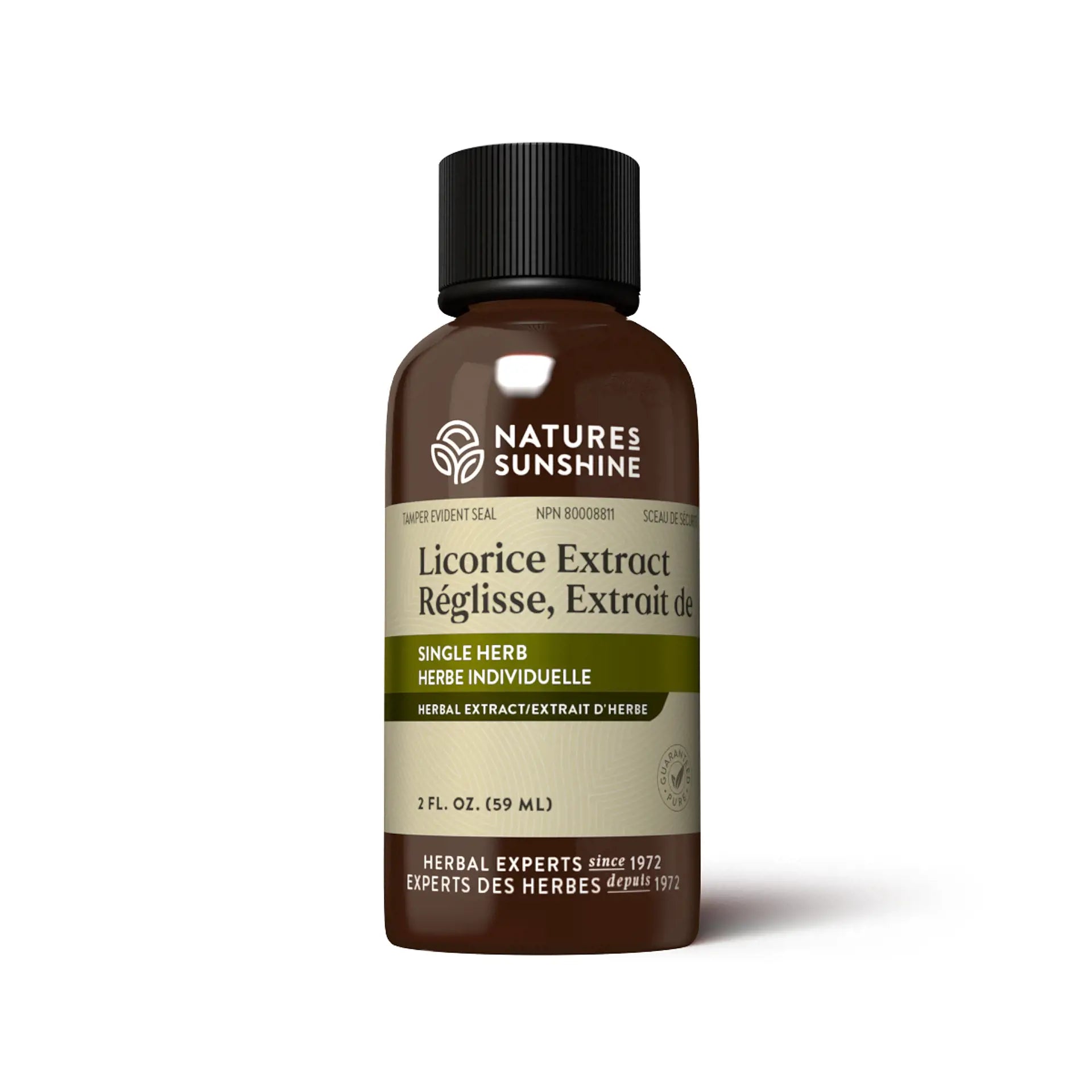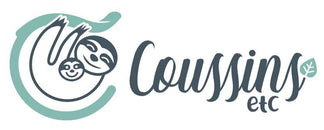Size: 59mL
Long live licorice!
Description
Licorice is said to have antispasmodic, anti-inflammatory, anti-allergic, laxative, and soothing properties.
In Chinese medicine, licorice is used in case of sore throat, abdominal pain, ulcers, bronchial asthma, infectious hepatitis, jaundice in newborns, malaria, tuberculosis, wounds, abscess, food poisoning, diabetes, and dermatitis.
Licorice has also been used in cough and cold preparations as an expectorant. Soothes sore throat and hoarseness. Helps fight bacterial, fungal and viral infections. Provides nutritional support to the adrenals.
How it works
Herb extract Classification: Bitter herb. The Greeks, Egyptians, Chinese, and Hindus are among the cultures of the world that have contributed to the long history of licorice. It grows wild in southern and central Europe, and is cultivated on a large scale in Russia, Spain, Iran and India. Licorice was so esteemed in ancient Egypt that even King Tutankhamen was buried with a stash of licorice. Licorice is widely used to flavor not only candies (although the majority of licorice candies are flavored with anise), but also cough syrups, tonics and laxatives. It flavors certain beers, frozen dairy desserts, gelatins, puddings and meat products. The sweet root can be chewed. Licorice is among the majority of Chinese herbal combinations to balance other herbs and promote vitality. It nutritionally supports the glandular system and is a source of magnesium, silica and thiamin.
Usage tips
In liquid: Take 1/2 c. a tea (2.5ml) three times a day with water.
Capsule: 2 capsules with a meal, 3 times daily.
Ingredients
Licorice root extract (Glycyrrhiza glabra L.). It is extracted in alcohol and/or water, then diluted in water and 15% alcohol to obtain a final concentration of 1:1.
Licorice contains naturally occurring amounts of chromium, iron, magnesium, niacin, silica and sodium.



